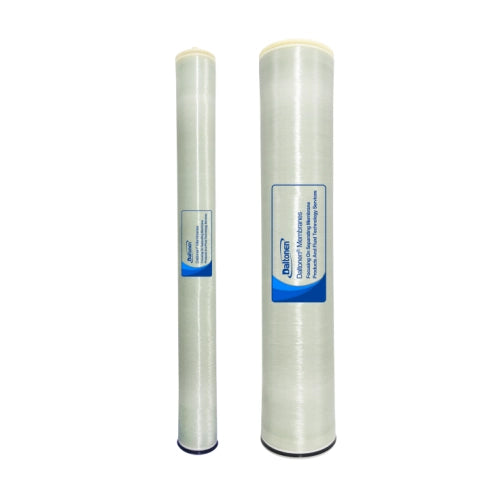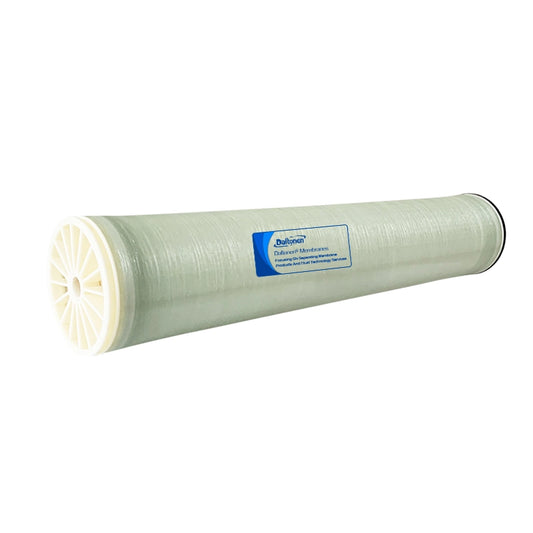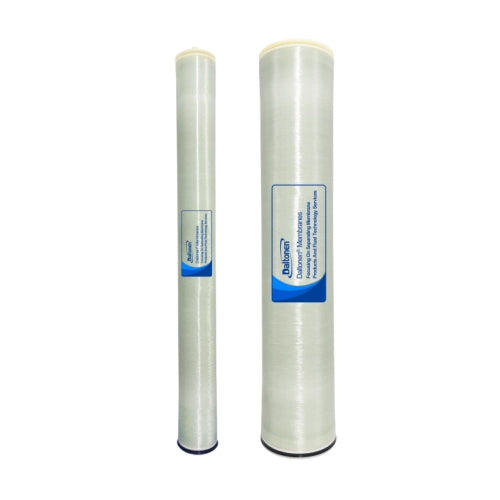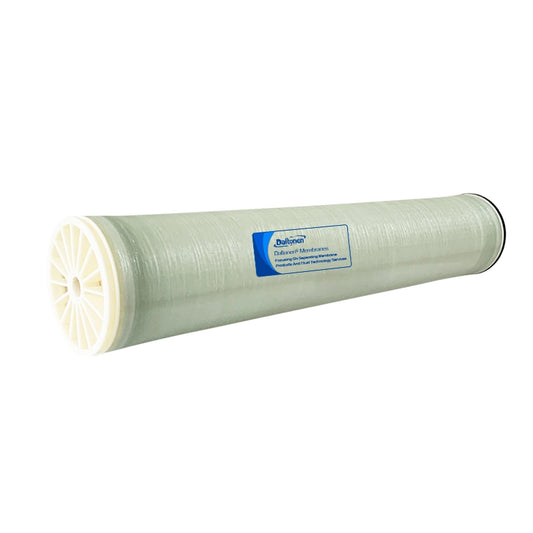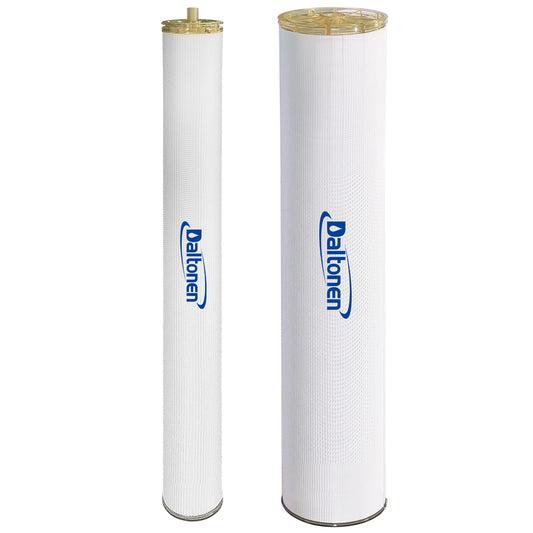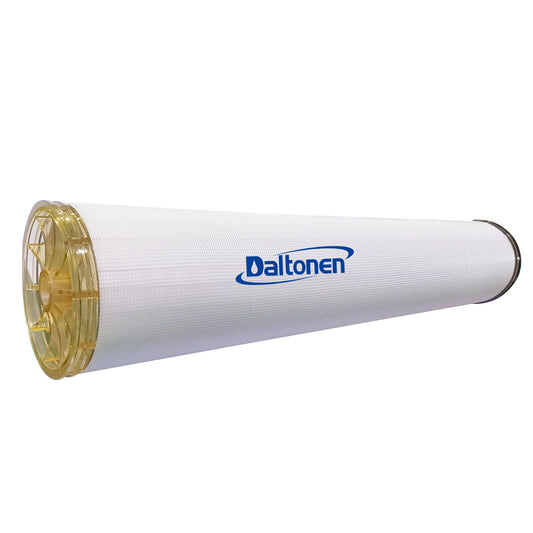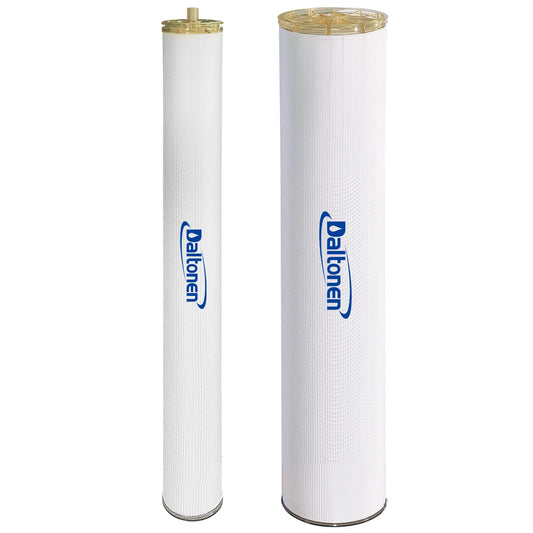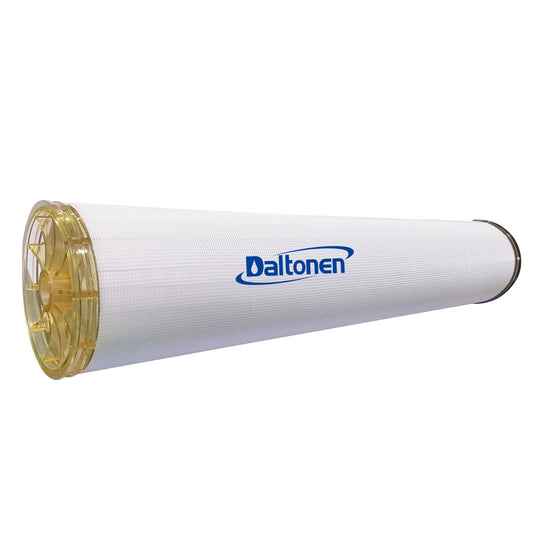Thermal Power Plant Water Treatment Process and Brief Plan
27 Apr 2025
Water Treatment Process and Brief Plan for Thermal Power Plant
I. Design Basis
-
Treatment Capacity: 400 m³/h (continuous operation)
-
Inlet Water Source: Assumed to be surface water (with high levels of suspended solids, hardness, and colloids)
-
Outlet Water Quality: Meets the standards for high-pressure boiler feedwater (conductivity ≤0.2 μS/cm, SiO₂ ≤20 μg/L, dissolved oxygen ≤7 μg/L)

II. Process Flow
A combined process of "pre-treatment + two-stage reverse osmosis + mixed bed ion exchange + deaeration" is adopted. The specific process is as follows:
1. Pre-treatment System
Objective: To remove suspended solids, colloids, residual chlorine, and organic matter to protect the subsequent membrane system.
Process Flow:
-
Mechanical Screen: Intercepts large particulate impurities (such as leaves, sand, and gravel).
-
Coagulation and Sedimentation Tank: Adds PAC/PAM to remove suspended solids and colloids.
-
Multi-media Filter (quartz sand + anthracite): Filtration accuracy ≤10 μm.
-
Activated Carbon Filter: Adsorbs residual chlorine and organic matter to improve water taste.
-
Security Filter (5 μm): Protects the reverse osmosis membrane.
2. Desalination System
First-stage Reverse Osmosis (RO):
-
Desalination rate ≥97%, product water conductivity ≤50 μS/cm.
-
High-pressure pump + RO membrane assembly (spiral wound composite membrane), concentrate recovery rate 75%.
Second-stage Reverse Osmosis:
Further desalination, product water conductivity ≤5 μS/cm.
Mixed Bed Ion Exchange (strong acid cation resin + strong base anion resin):
-
Deep ion removal, final conductivity ≤0.2 μS/cm, SiO₂ ≤20 μg/L.
3. Deaeration System
Thermal Deaerator:
-
Heated by steam to 104-106℃, dissolved oxygen ≤7 μg/L.
Chemical Auxiliary Deaeration (optional):
-
Hydrazine (N₂H₄) or sodium sulfite addition to further control residual oxygen.
4. Auxiliary Systems
Chemical Dosing System:
-
Scale inhibitor (to prevent RO scaling), pH adjuster (NaOH/HCl), deaerator.
Concentrate Treatment:
-
RO concentrate can be used for dust suppression in coal transportation systems or for conditioning fly ash and slag to achieve zero discharge.
Automation Control:
-
PLC + online instruments (pH, conductivity, flow, pressure) to achieve fully automatic operation.
III. Key Equipment Selection
表格
| Equipment Name | Specification/Parameters | Quantity |
|---|---|---|
| Multi-media Filter | Φ4000×6000mm, carbon steel lined with rubber | 4 units (3 in use, 1 standby) |
| RO Membrane Assembly | 8040 type composite membrane, single membrane flux 1.0 m³/h | 120 units for first-stage RO, 80 units for second-stage RO |
| Mixed Bed Ion Exchanger | Φ3000×5000mm, pressure-resistant 0.6 MPa | 2 units (alternating regeneration) |
| Thermal Deaerator | Capacity 450 m³/h, working pressure 0.02 MPa | 1 unit |
IV. Advantages of the Plan
-
High Efficiency and Energy-saving: Dual-stage RO reduces the frequency of ion exchange regeneration, reducing acid and alkali consumption.
-
Stable and Reliable: Redundant design (standby filters, parallel membrane assemblies) ensures continuous operation.
-
Environmentally Compliant: Concentrate reuse, neutralization treatment of acid and alkali wastewater for compliant discharge.
V. Investment Estimation (for reference only)
-
Equipment Investment: Approximately 20-25 million RMB
-
Operating Cost: Approximately 3-5 RMB per ton of water (including energy consumption, chemicals, membrane replacement)
VI. Precautions
-
Adjust the pre-treatment process according to the actual water quality of the source (e.g., add softening for high hardness water).
-
Regularly clean the RO membranes and regenerate the mixed bed resins to maintain system efficiency.
-
It is recommended to equip with online water quality monitoring to ensure the safe operation of the boiler.
-
If further refinement of a particular aspect (such as wastewater reuse, automation control) is needed, the plan can be optimized after providing additional information.
Tags:
